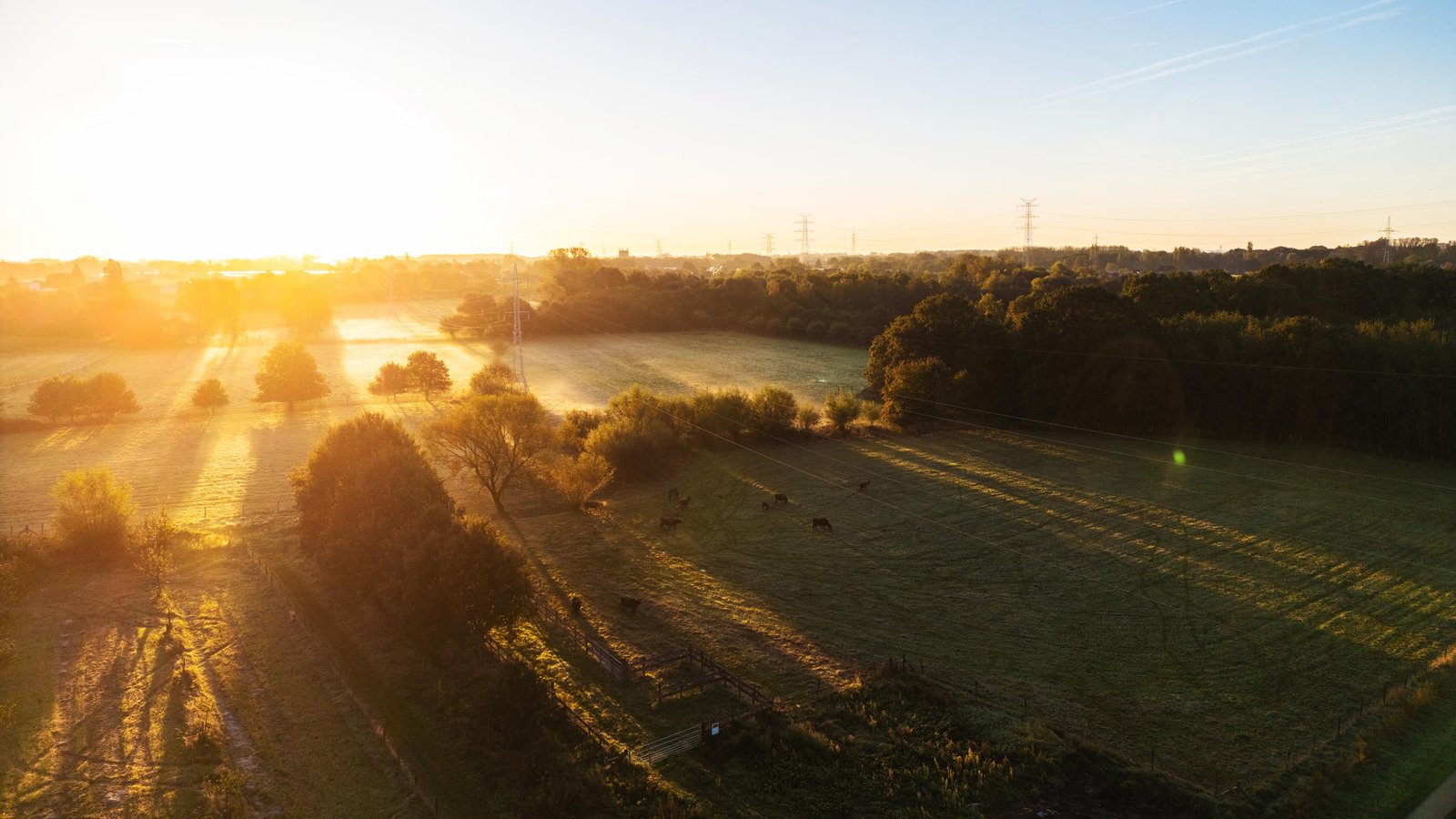

For a few years together with Nadace partnerstvi and their projects Living soil and Regezem we visit farmers and observe and document how they are doing our agriculture. We saw misery, but also hope. Soil that will stop producing within five years, but also seemingly simple ways to fix it.
In the world, there are several ways to manage agriculture. From drastic conventional methods, which are mainly there for the sake of production and profit, through organic agriculture, which saves on the use of pesticides and herbicides, to regenerative agriculture, whose main goal is to be sustainable, so that the soil does not suffer from production, quite the opposite.
All these sustainable methods have one thing in common. People who don't care how they treat the soil.
I'm not going to talk about anything technical here, that's what the Living Ground experts are better at. My job is to tell stories about people and to make it beautiful. I will select a few stories that caught my attention.
Every time I shoot overseas, it always takes a certain amount of luck and improvisation. In Mexico, it was a language barrier that stood in my way, in Asia, too. But as a result, something great came out of it. This will teach you not to be afraid and simply ask. David from Sheela Farm wrote back pretty much immediately so everything went very smoothly.
Together with his wife, they take care of a sustainable farm. They raise cows, sheep, pigs, chickens and horses. They do not sell their products to retail chains, but sell directly to end customers. There is, thank God, more and more demand for products from sustainable agriculture. For them, quality and their future are in the first place, and you can't do that other than thinking about the best way to take care of your animals. They all grow up outside and eat their own food from the farm.
David did not inherit the farm from anyone, they built everything themselves and I was very surprised how young he is. So youth forward!
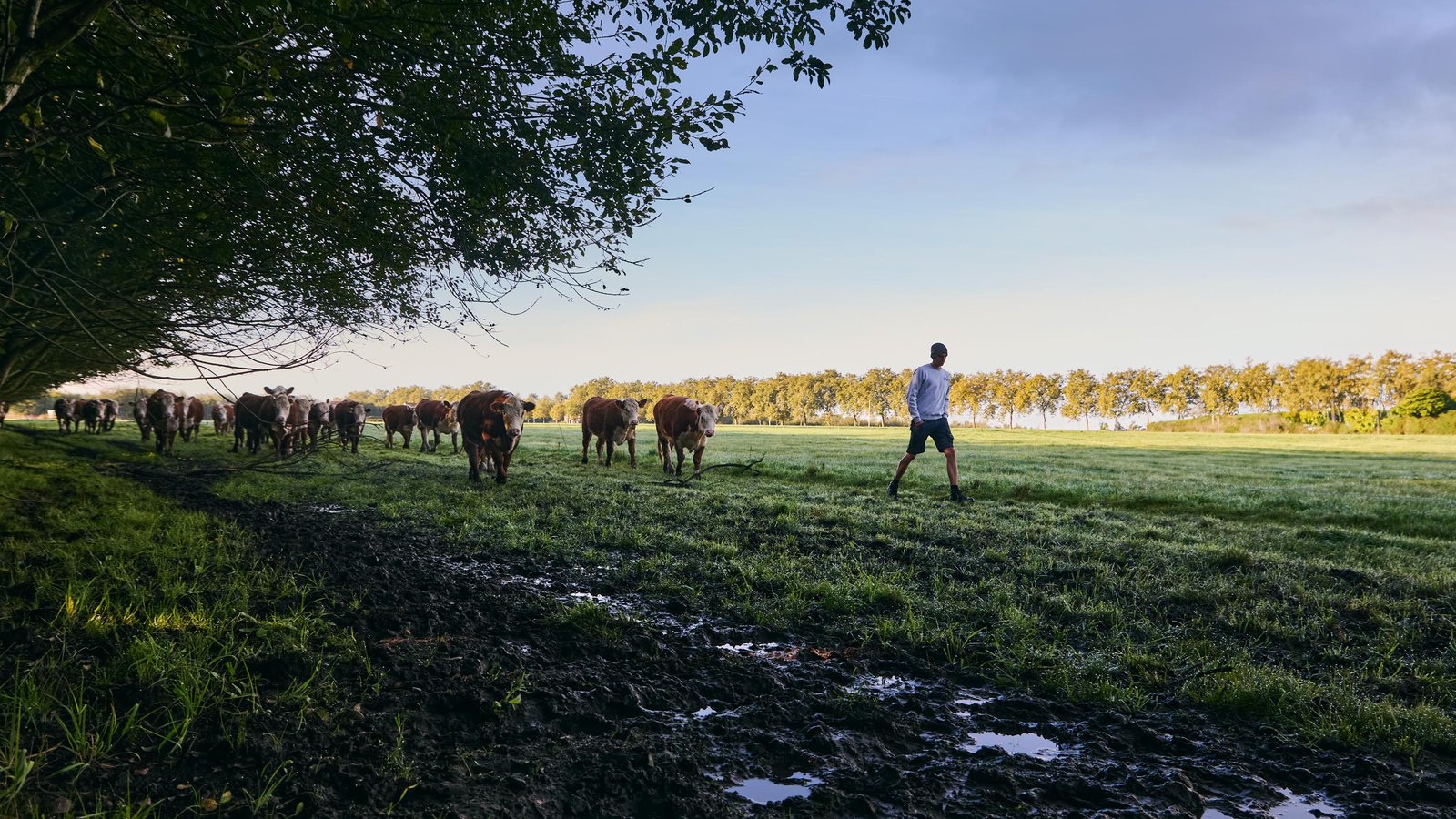


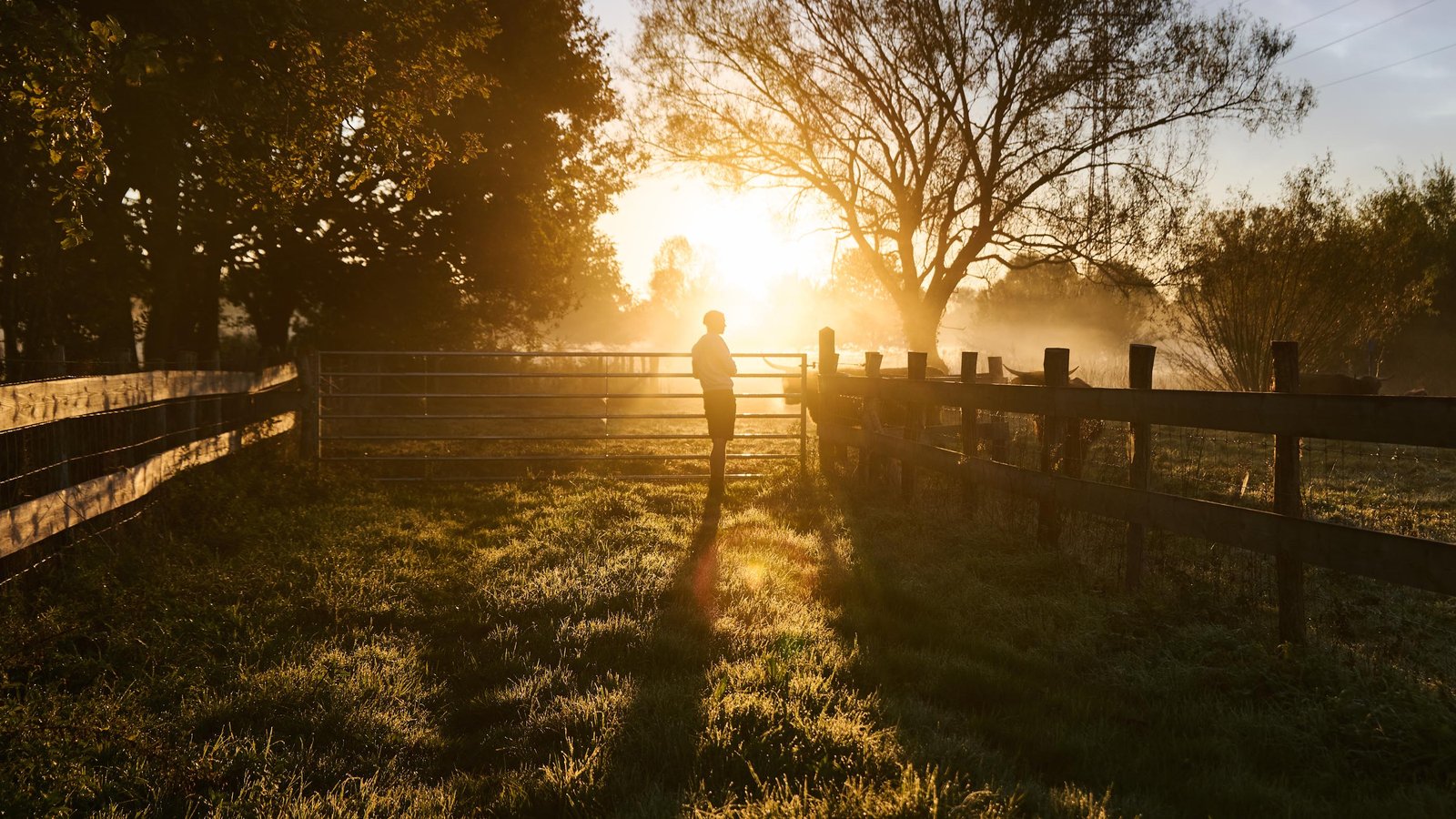

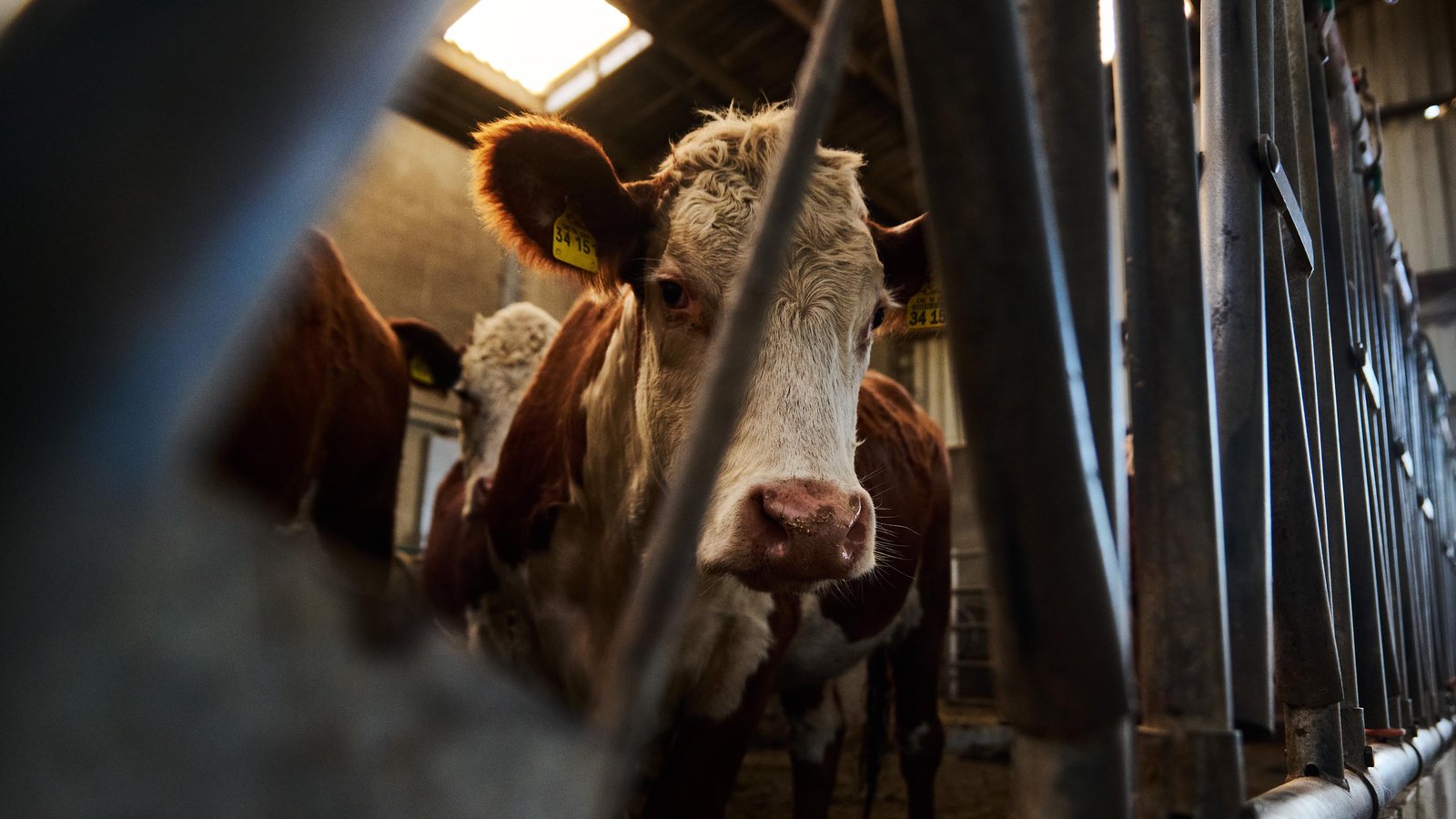
Michal Hrdlička has the most fairytale vibe for me. The most inspiring story. The farmer, as he describes himself, walks his land barefoot, wearing a hat and with a stick. His wife follows him like a peasant woman with beautiful braided hair, also barefoot, feeding the geese. No, this is not a fairy tale, this is really happening in Brníček near Zábřeh.
They keep all different animals on the farm. Among the sheep, they raise herding dogs that look like sheep but protect them from wolves. All the animals live outside together. On his plots you will see countless functional elements that retain water, serve insects and bring life to the landscape. Let them be sveyls, which are such furrows along the contour line that will keep water in the soil. Or pools and draws.
A man, he would say, who never left his native village. But he brought these experiences from abroad. He says farmers should go outside for inspiration. Not that they should, but they must.
In his story, however, there is skepticism about the subsidy program for farmers. In order to receive subsidies for your land for cow breeding, you must meet a certain coefficient of the number of cows per hectare. However, the law is paradoxically very advantageous for large agro-enterprises that have a small number of cows on a huge area. No one cares how you take care of the cows, but you will receive a subsidy for each hectare you have.
On the farm, they manage everything themselves. Keep going.




Once upon a time, I used to go to Mitrov to watch cow hunting as a cowboy competition. A year has passed since then and a lot has changed. Karel Kalný is now quite a prominent voice of regenerative grazing, and rightfully so. His methods of grazing cows, chickens and pigs are inspiring. It is a good example that even if you do it on a large scale, it is still functional and profitable. This is often the first question someone who is transferring from a convention will ask you. If you can make a living from it. It depends mainly on you.
Every farmer who wants to raise animals sustainably struggles with bureaucracy and set rules, which are still there mainly for those conventional farmers. For example, defeating a farm animal is currently unthinkable. You need to take the pieces to the slaughterhouse where they are slaughtered and then you can transfer them back. This is extremely stressful for animals when they change their environment and know that it will not turn out well for them.
Raising pigs outside is a big wilderness. So much so that the veterinary inspection doesn't like it. They are demanding nonsensical rules and pretty much say let the pigs live and die in a cage. This changes the perspective of who is actually good and bad in this story. If the farmer or the state.
The positive thing is that routine procedures are changing in the heads of civil servants as well, and change is coming there too. Thanks to the work of Živá Půda and the Regezem project, things are changing from below and above. Do we have a better tomorrow?


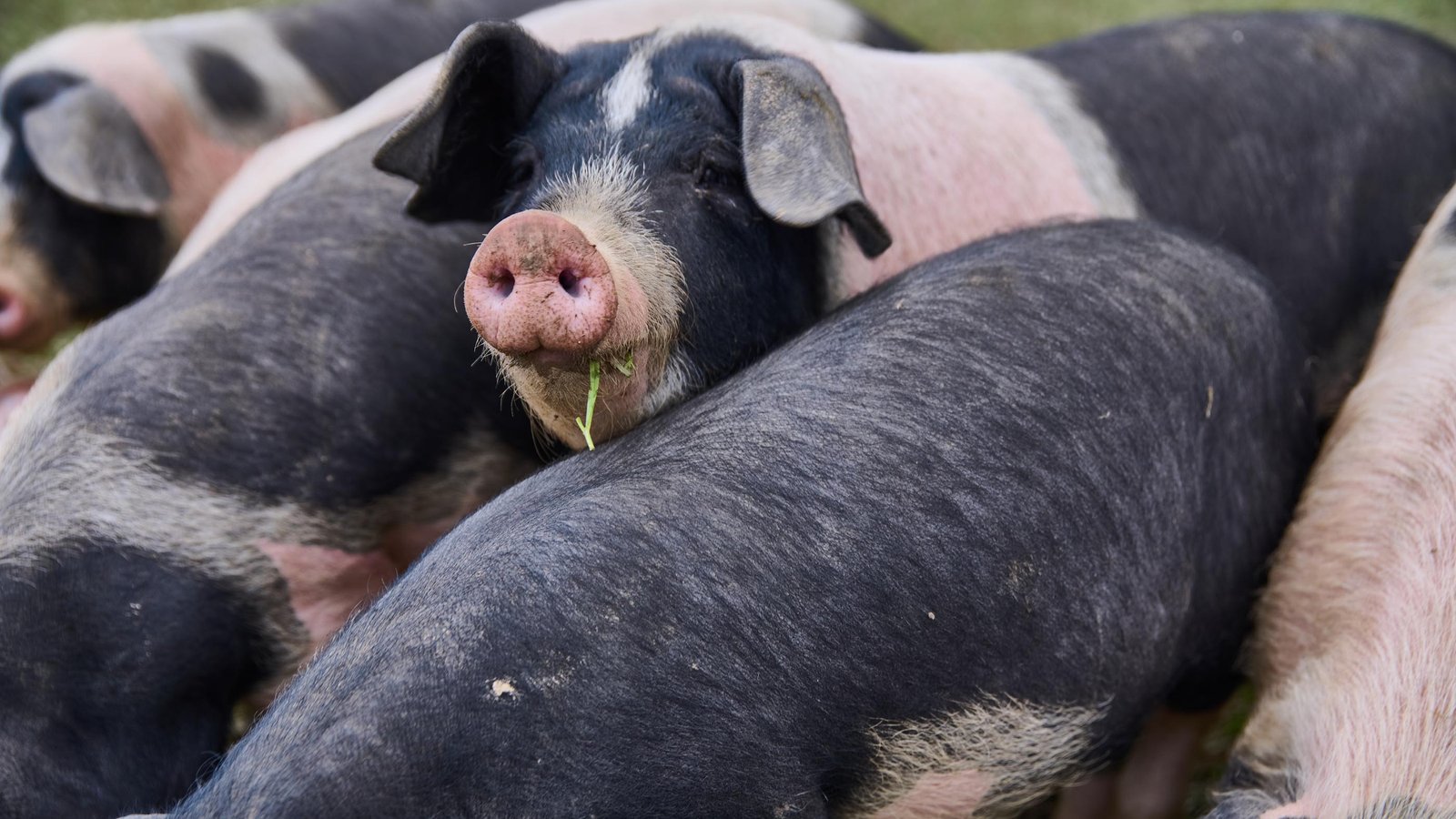

There are countless people who do it right. I will continue to bring you their stories. And I thank the Foundation, Živá půda and the Regezem project for allowing me to be there.
Do you have a project I can help you with? I help non-profits, agencies, farmers and people with product tell their stories. Let me help tell yours.
Contact me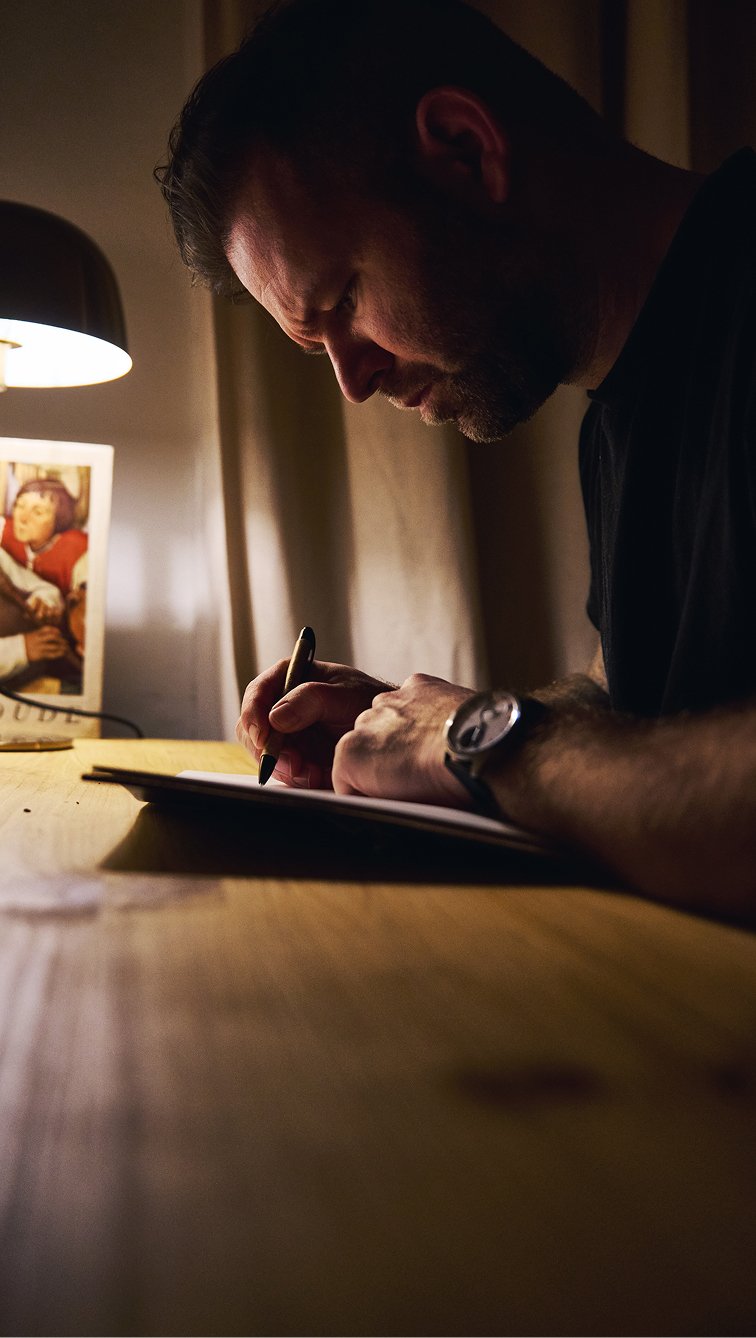
I am a filmmaker, documentarist, and environmental ambassador. I tell stories—through film and photography—about those shaping a sustainable world. From mezcal distilleries in Mexico to Moravian vineyards, I capture narratives that matter. I also craft experiences in UI/UX design and create music. When I'm not behind the camera, I travel, drink good wine, and enjoy great whiskey.